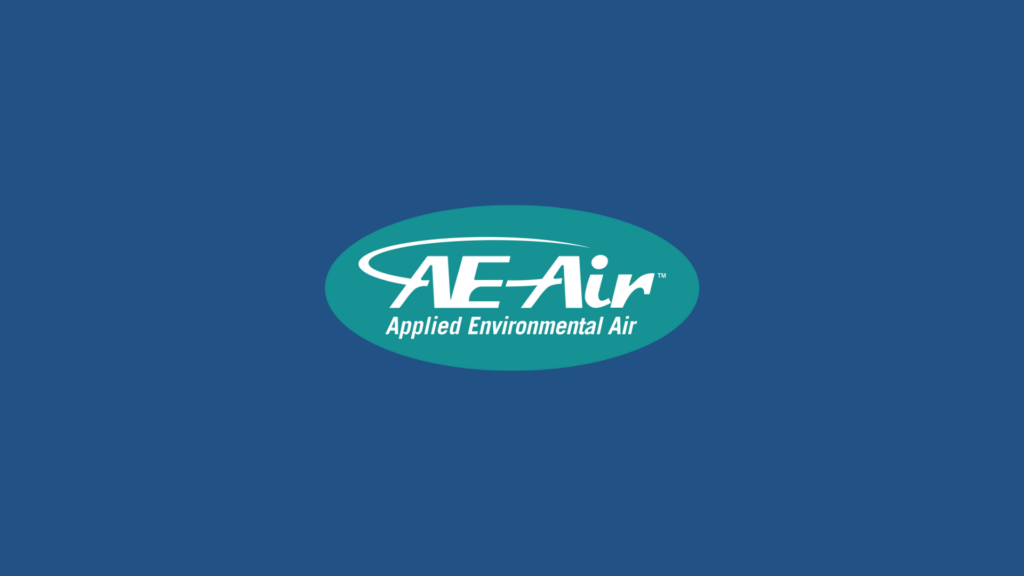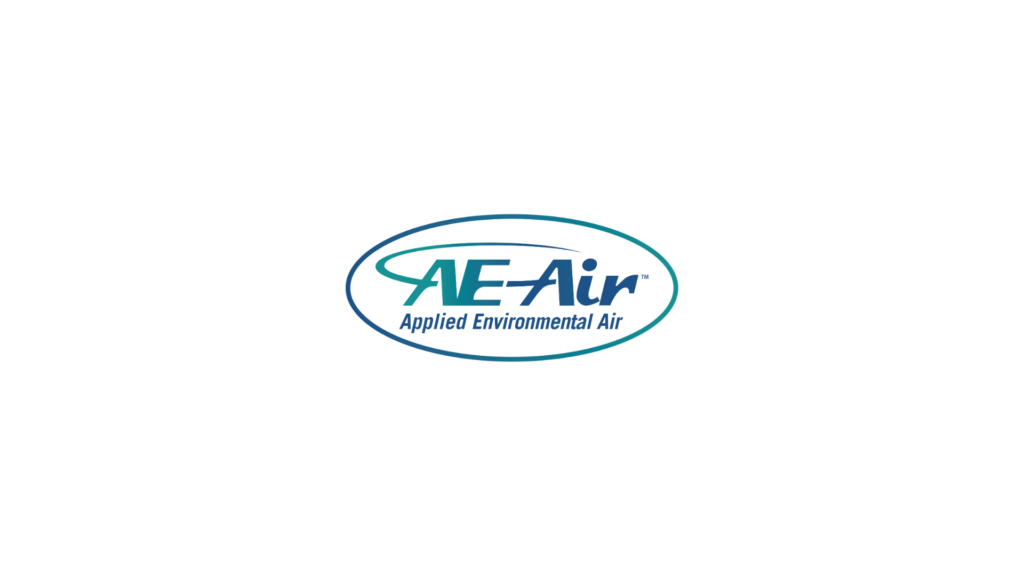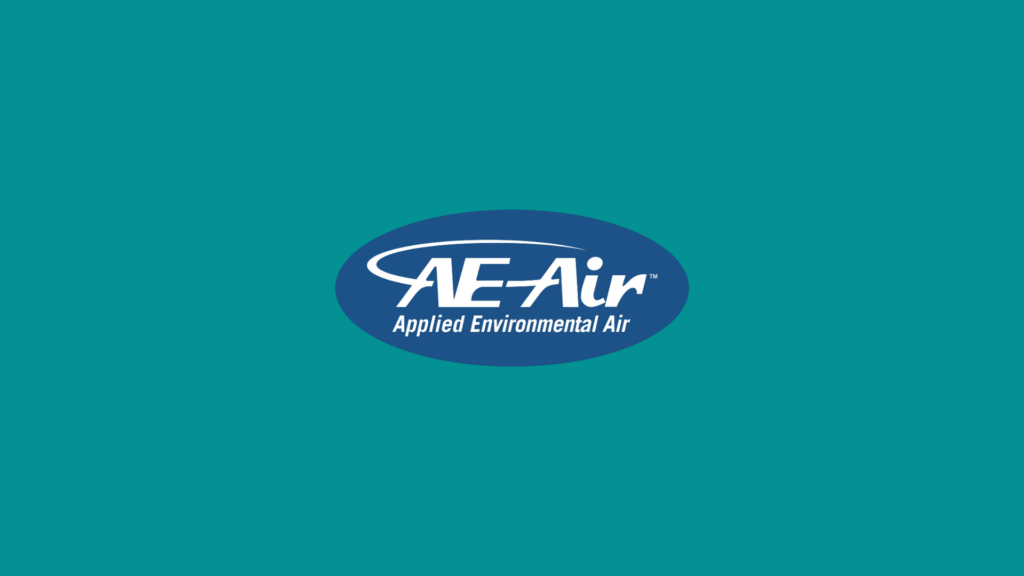Specialized HVAC systems play a crucial part in the success of new construction projects. When planning a new build, having the right HVAC setup can make a difference in terms of energy efficiency, comfort, and sustainability. Those involved in construction, whether developers, engineers, or architects, must understand the value of advanced HVAC solutions. These systems ensure that buildings meet modern standards while optimizing operational costs.
To help new construction HVAC companies succeed, adopting specific strategies can lead to better project outcomes. It’s about making the right choices from the start, engaging with experienced professionals, and adopting practices that align with today’s demands. This article aims to provide insight into efficient planning and system selection, helping industry professionals handle the complexities of HVAC in new builds.
Plan and Design Thoroughly
One of the first and most important steps for a successful HVAC project is thorough planning and thoughtful design. The process starts even before breaking ground, with careful consideration of HVAC needs. By addressing these early in the design phase, developers can save time and resources later.
Collaboration is key. Engaging with architects and engineers ensures the HVAC system aligns seamlessly with the overall building structure and aesthetic. This partnership allows for the integration of complex systems without compromising design and function. Critical points to consider include airflow requirements, equipment placement, and energy consumption metrics.
Creating detailed blueprints is another step in this process. These blueprints act as a roadmap, guiding the construction team and preventing costly changes or disruptions during installation. Here are some practical suggestions for efficient planning:
– Conduct a comprehensive needs assessment: Determine the building’s HVAC requirements based on intended use and occupancy.
– Consult with reliable HVAC specialists: They can provide insights and foresight into potential challenges and solutions.
– Account for future scalability: Design systems that can adapt to future expansions or technological advancements, ensuring long-term relevance.
By emphasizing planning and collaboration, companies set the stage for successful outcomes, ensuring that the HVAC systems they implement will meet both current and future demands effectively.
Energy Efficiency and Sustainability
Energy efficiency and sustainability have become key considerations in modern construction. As the demand for environmentally friendly buildings grows, HVAC systems must evolve to keep up. One effective way to achieve this is by integrating chilled water fan coils and water source heat pumps. These systems not only reduce energy consumption but also lower operational costs.
Choosing the right systems is crucial. For instance, chilled water fan coils are great for projects aiming to optimize space and improve energy performance. Meanwhile, water source heat pumps offer flexibility and efficiency, making them suitable for various building designs. Here are some practical tips on selecting efficient systems:
– Evaluate system compatibility: Ensure the HVAC system aligns with the building’s design and planned energy goals.
– Consider climate adaptability: Choose systems that operate efficiently in the local climate to maximize savings.
– Opt for energy-efficient models: Seek out HVAC units with high efficiency ratings or certifications that indicate they meet modern energy standards.
By focusing on these aspects, construction teams can create buildings that support long-term sustainability, striking a balance between environmental responsibility and cost-effectiveness.
Stay Updated with Building Codes and Standards
Understanding and adhering to local building codes is a must for any new construction project. Regulations ensure safety and compliance but can vary widely from place to place. Regularly updating training and certifications helps teams remain current with changes and improvements in standards.
Industry standards evolve swiftly, making it critical to stay informed on the latest technological advancements. This ensures the HVAC systems you install are future-proof and meet the highest quality benchmarks, avoiding costly retrofits or adjustments down the line. Consider these steps to maintain compliance:
– Participate in ongoing education: Enroll in courses or seminars that focus on new regulations and best practices.
– Review codes regularly: Set reminders to check for updates on local codes, especially during major changes in legislation.
– Engage with local building authorities: Establish communication with regulatory bodies for guidance and clarification where needed.
By taking these proactive measures, companies can handle the regulatory landscape effectively, ensuring installations meet all necessary guidelines.
Quality Installation Practices
The success of an HVAC system greatly depends on the quality of its installation. Using high-quality materials and equipment is fundamental to achieving reliability and efficiency. An accurate and precise installation prevents future problems and enhances system performance.
Conducting thorough testing and inspections after installation is another critical step. This process helps identify potential issues that might not be immediately evident, ensuring the system operates as intended. Consider the following best practices for a successful installation:
– Select reputable suppliers: Partner with suppliers known for quality materials and components.
– Train installation teams effectively: Ensure technicians are knowledgeable about the specific systems they’re installing.
– Implement a comprehensive testing routine: After installation, conduct detailed inspections and performance tests to confirm everything is working correctly.
With these steps, new construction HVAC companies can deliver installations that serve their clients well for years to come, balancing functionality and efficiency.
Ongoing Maintenance and Support
Offering consistent maintenance services can significantly extend the lifespan of HVAC systems. By establishing maintenance plans that include regular check-ups and timely repairs, companies can prevent unexpected breakdowns and keep systems running smoothly.
Proactive maintenance offers several advantages. It improves system reliability, reduces costly repairs, and maintains energy efficiency. Establishing a solid support program not only benefits the client but also adds value to the services offered. Here’s what such a program might involve:
– Develop a regular maintenance schedule: Plan routine inspections and servicing to detect potential issues early.
– Offer flexible service plans: Provide clients with options tailored to their specific needs and budgets.
– Educate clients on system care: Share guidelines or tips on simple upkeep tasks that clients can perform to sustain efficiency.
Through a focused maintenance approach, HVAC companies ensure they provide enduring support, enhancing customer satisfaction and fostering long-term relationships.
Enhance your building project with energy-efficient solutions tailored for new construction. AE Air specializes in providing advanced systems like chilled water fan coils, which optimize space and boost efficiency. Our expert approach ensures your projects meet modern standards and deliver lasting benefits. Connect with us today to explore how we can support your next build.



